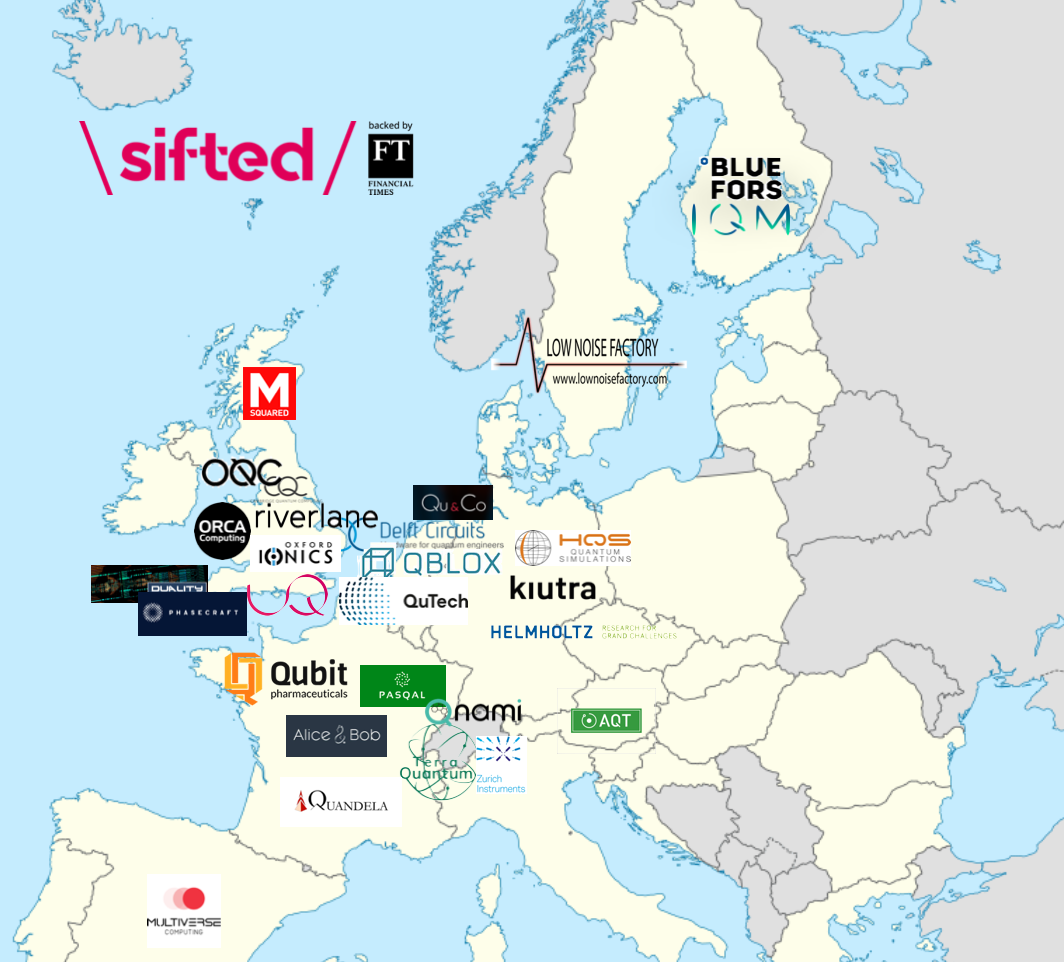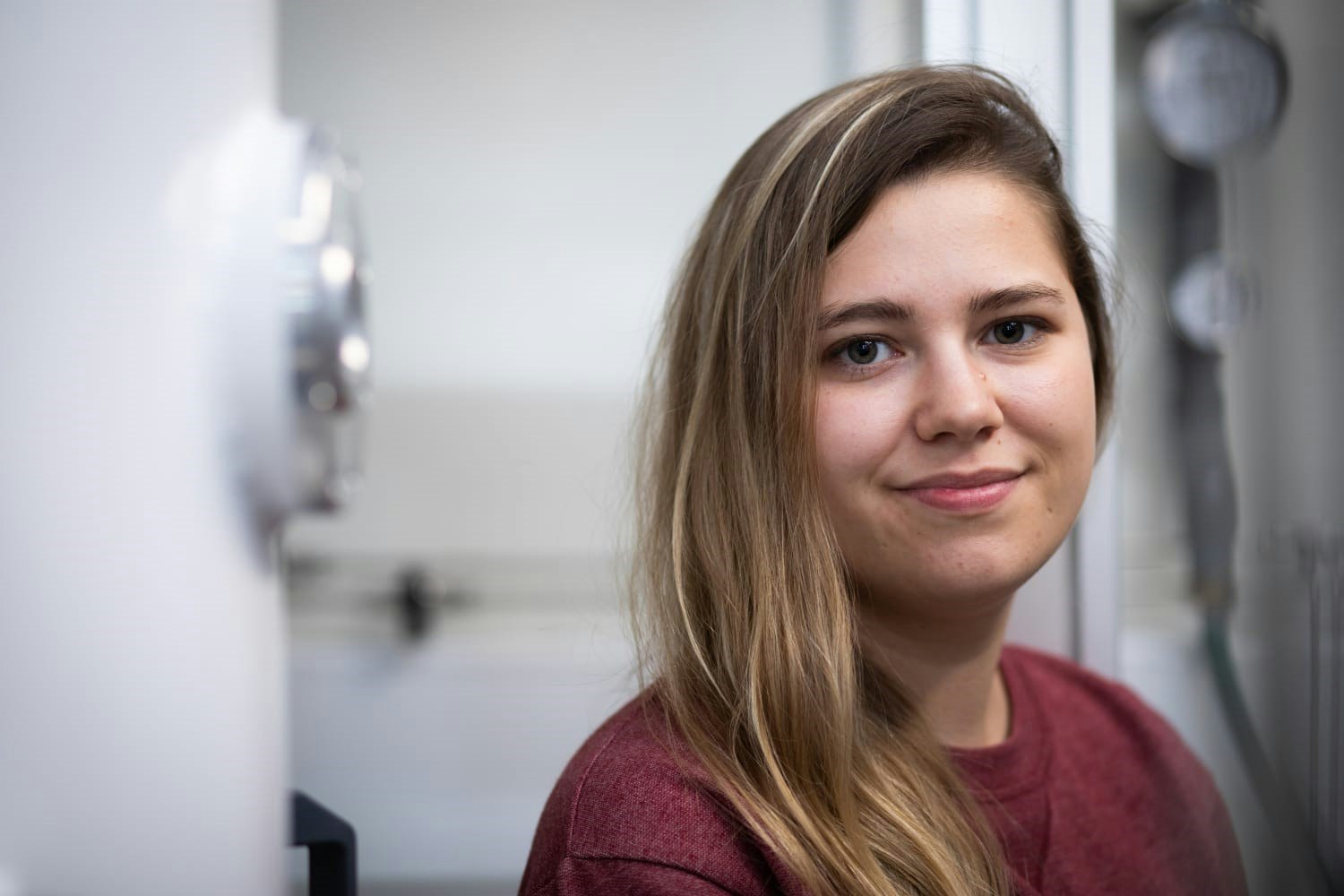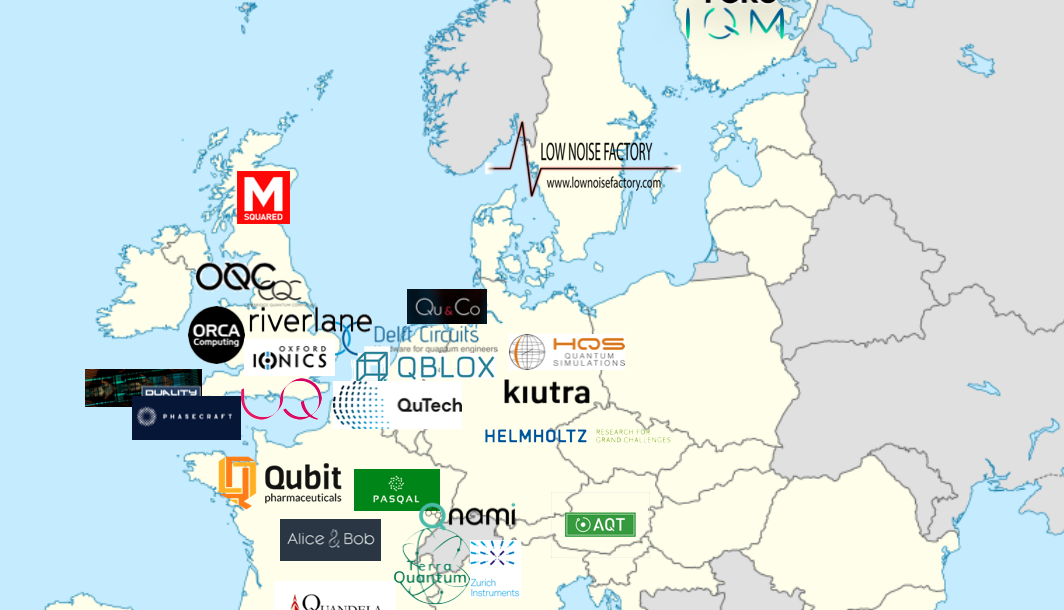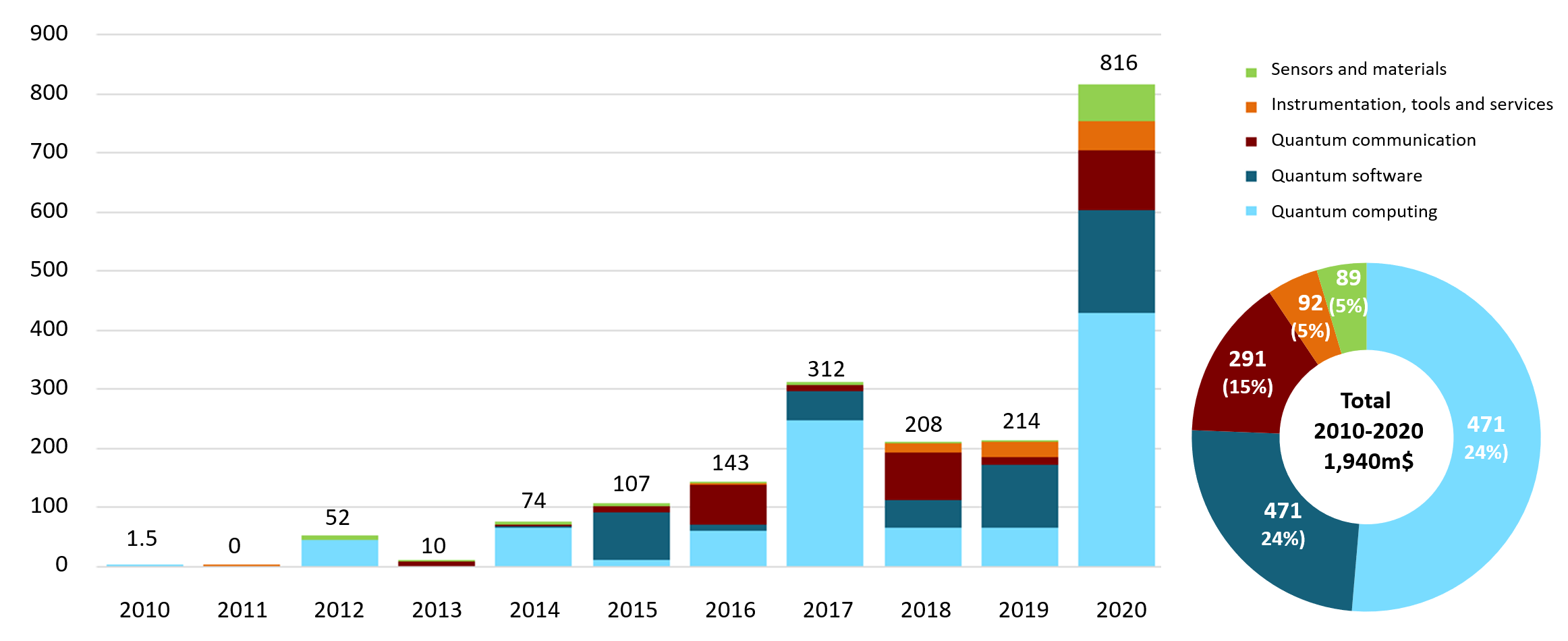Quantum Motion, a four-year-old UK-based startup is today announcing a quantum computing breakthrough, demonstrating that a stable qubit can be created on a standard silicon chip, similar to those used in smartphones.
We wanted to look at quantum computing a different way, hacking the CMOS chips we already produce.
By cooling the chip down to a temperature just above absolute zero (−273°C), and by using tiny transistors, the Quantum Motion team were able to isolate a single electron and measure its quantum state for an astounding nine seconds. The discovery has been peer-reviewed in the scientific journal PRX Quantum.
Nine seconds may not sound very impressive to the layperson — but in the world of quantum computing, where quantum states are more commonly measured in nanoseconds, it is an unimaginably long stretch.
Even chipmaker Intel, which is testing a similar silicon-based approach in collaboration with Delft-based startup QuTech, talks about times of 1 second — and this is several orders of magnitude longer than what has been achieved by quantum companies using the superconducting approach.
It is another sign that small companies are still capable of making big advances over big ones when it comes to quantum technology.

[Read our series on quantum computing for more on why small companies still have everything to play for in this sector].
John Morton, professor of nanoelectronics at UCL and cofounder of Quantum Motion said the Quantum Motion technique could be “a blueprint to shortcut our way to industrial-scale quantum chip production” tapping into the already existing silicon chip industry.
“Many quantum computing projects emerged out of physics labs using rare materials, but we wanted to look at it a different way, hacking the CMOS chips that we already produce,” he told Sifted.

Silicon, he said, was already ideal for making qubits, as it was a “quiet material” — 98% of silicon atoms nuclei without spin that would interfere with the spin of the electron being measured.
But more importantly, if the silicon approach works, the quantum computer industry would not have to build a new set of chip foundries — they could use the infrastructure that is already there. It would also be easier to combine quantum and classic computers if both use the same silicon chip and transistor architecture.

Of course, Quantum Motion has demonstrated just one qubit, which may not seem very impressive compared to the 50+ qubits that have been achieved by Google and IBM. But, says Morton, if the goal is to reach 1m qubits — the level at which it is believed quantum computers will start to become truly usable — the difference is minimal.
Both 1 qubit and 50 qubits are almost equally far away from 1m.
“Both 1 qubit and 50 qubits are almost equally far away from 1m. Some technologies may be quicker in getting to 10 or even 50 qubits but would struggle after that. The key is to find something that is truly scalable,” he told Sifted.
Some of the quantum computing technologies may also be quite bulky when you scale up to multiple thousands of qubits. But in theory, a million of Quantum Motion’s electron-spin qubits could be packed onto a 1cm square chip. You would still need the elaborate chandelier-like refrigerator to keep the chips at a fraction of a kelvin above absolute zero, but just one such refrigerator — similar in size to a server rack — can hold many chips.

Quantum Motion, which has a team of 20 people at the moment, raised £8m Series A funding last year led by Dutch VC INKEF Capital, with Octopus Ventures coming in as a new investor, and existing funders IP Group, Oxford Sciences Innovation, and Parkwalk Advisors taking part. The money will go towards building the company its own lab in London in order to advance its research.
Quantum Motion is one of a number of quantum computer companies that are trying to create quantum computing components out of more readily-available materials. UK-based ORCA, for example, is using standard optical cable used in the telecoms industry to isolate single photons for use as qubits. Such an approach, if successful, would dramatically decrease the cost of building a quantum computer, from tens of millions of dollars to less than $1m.


